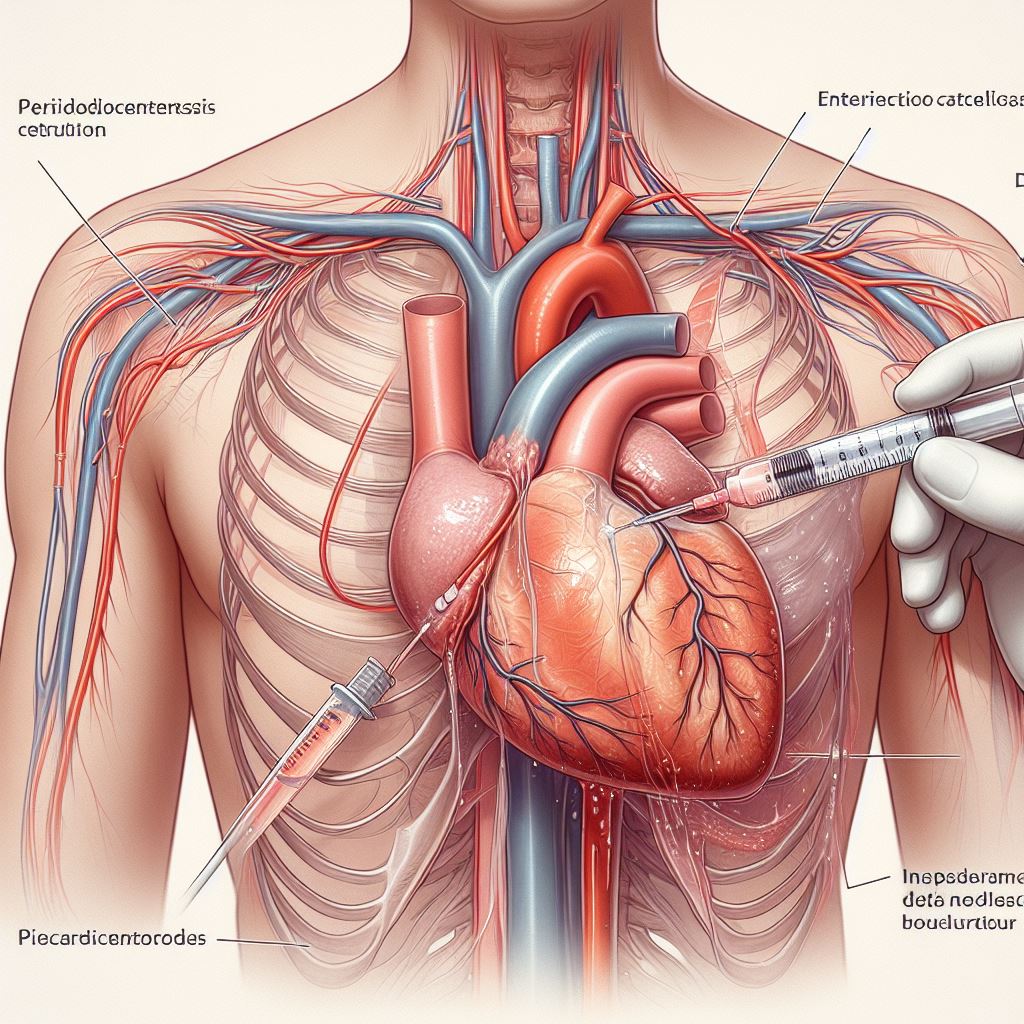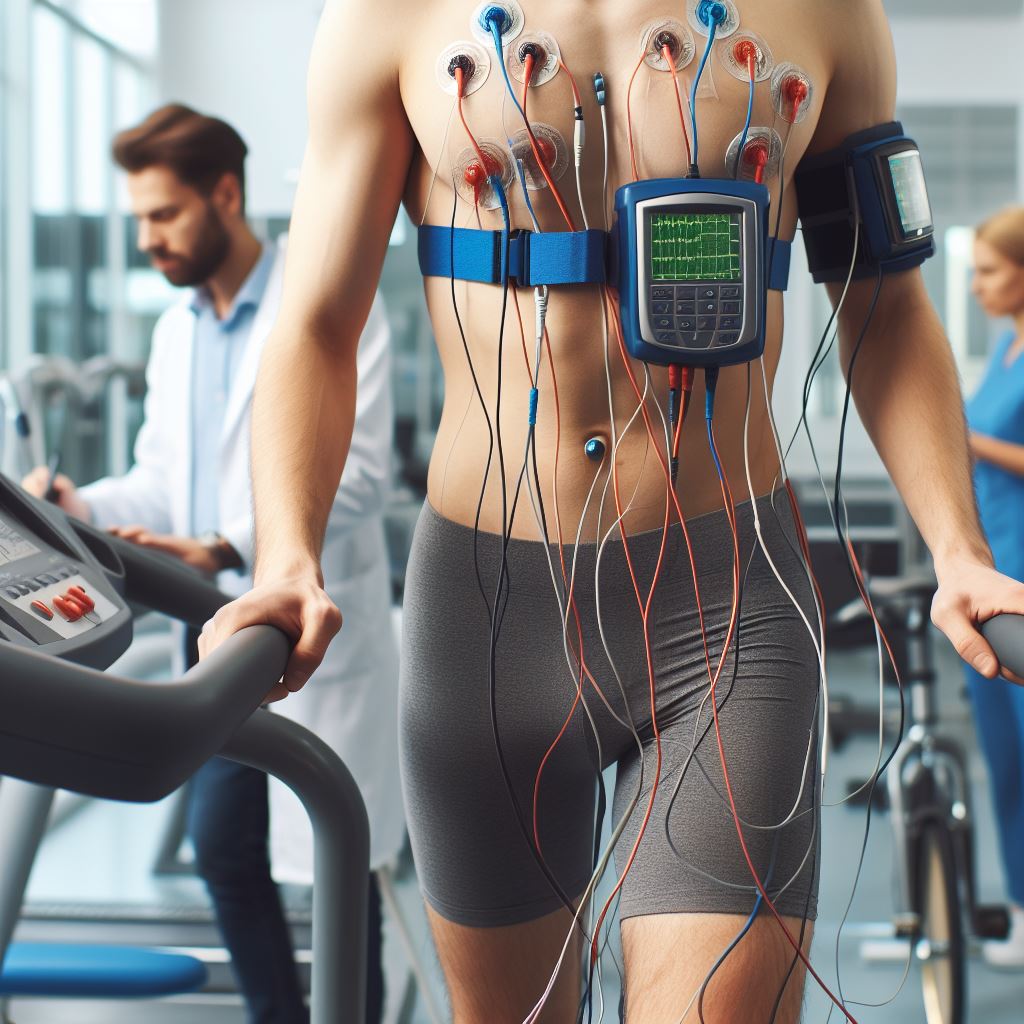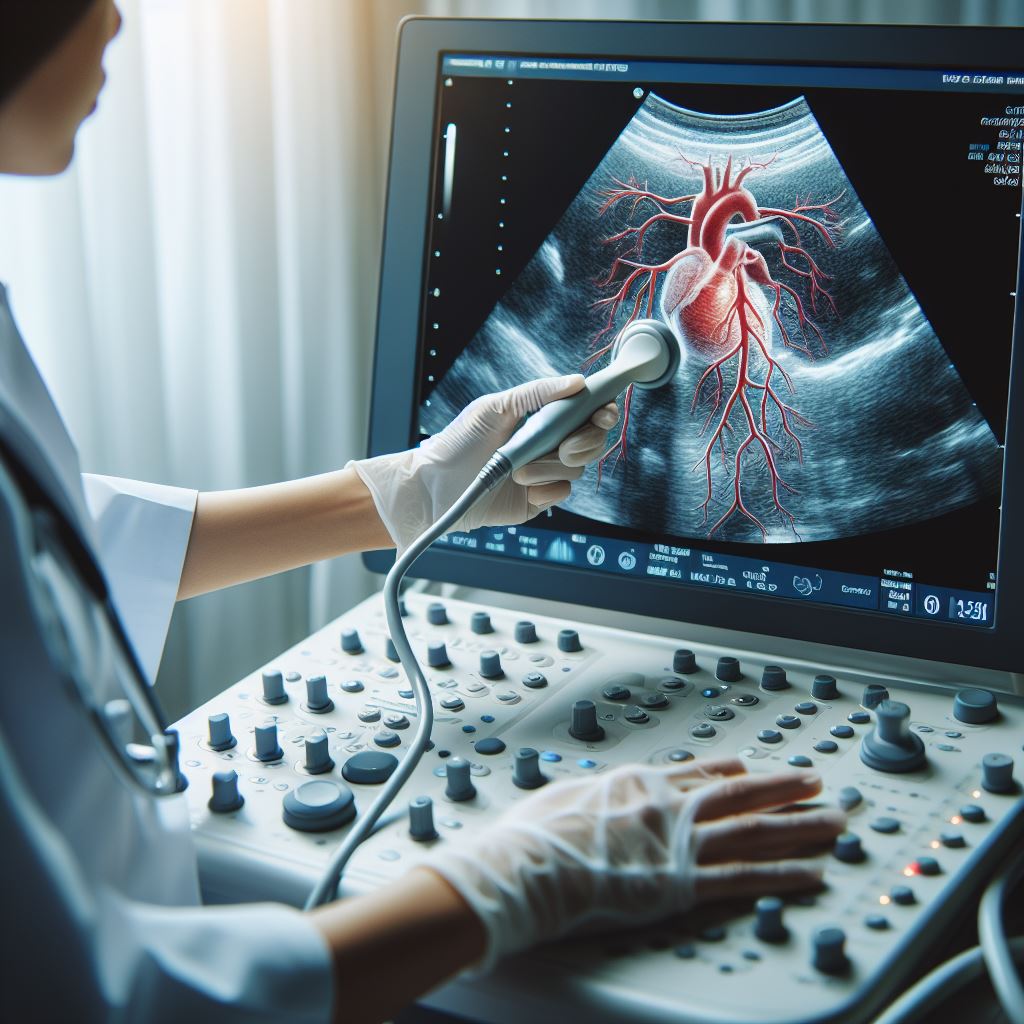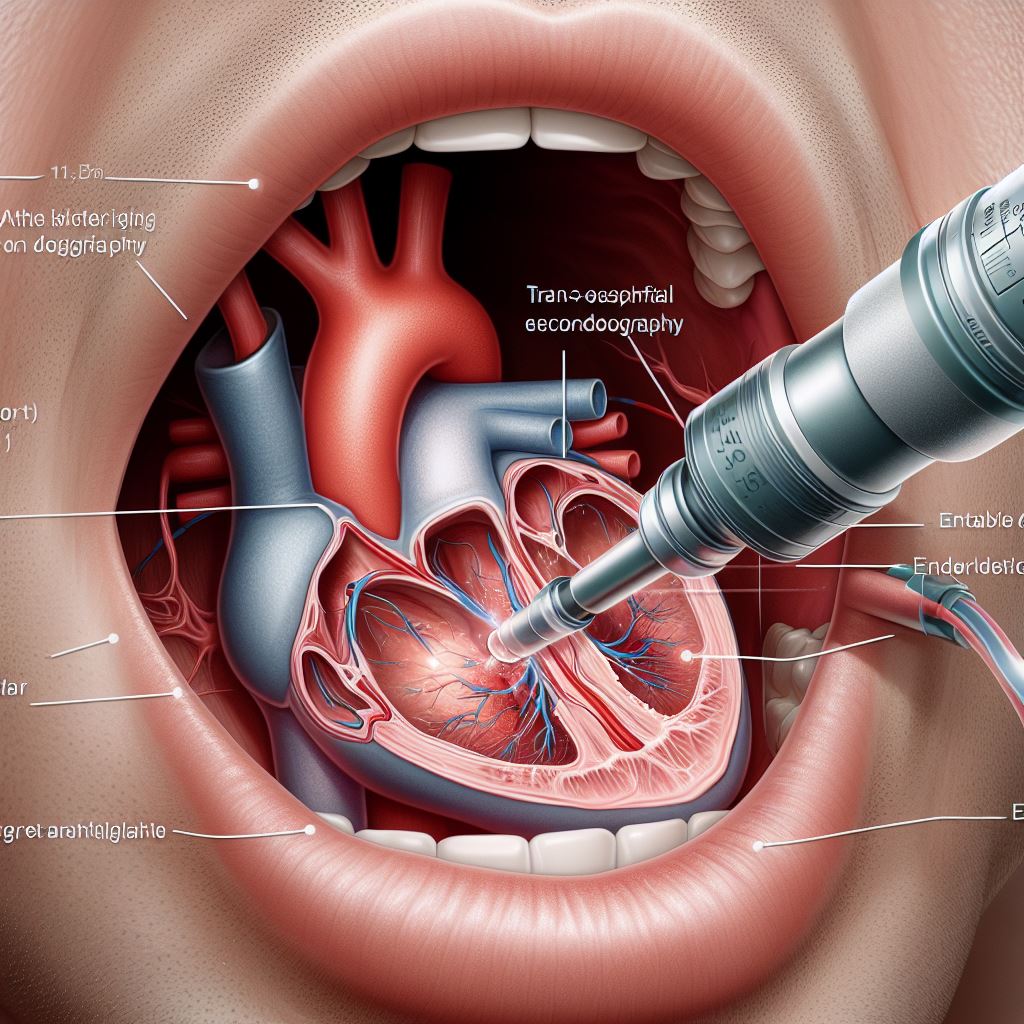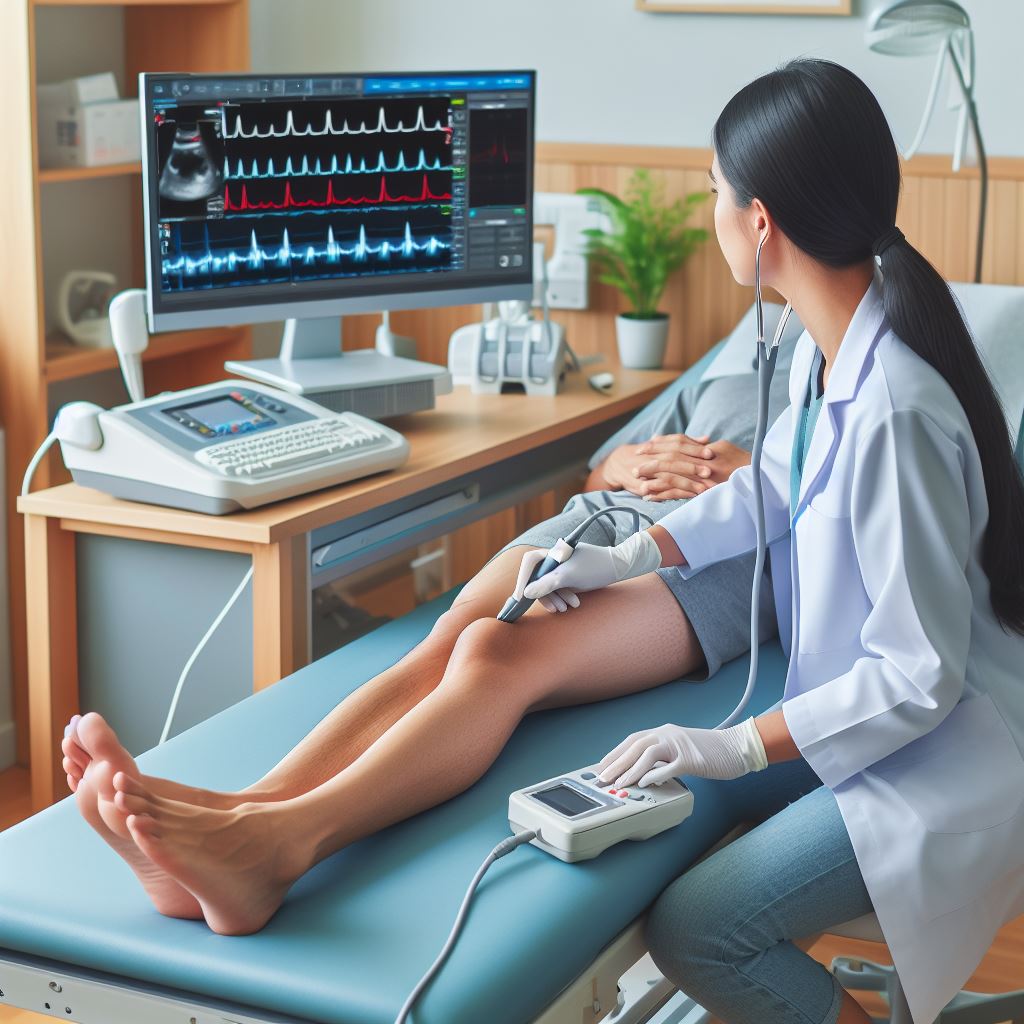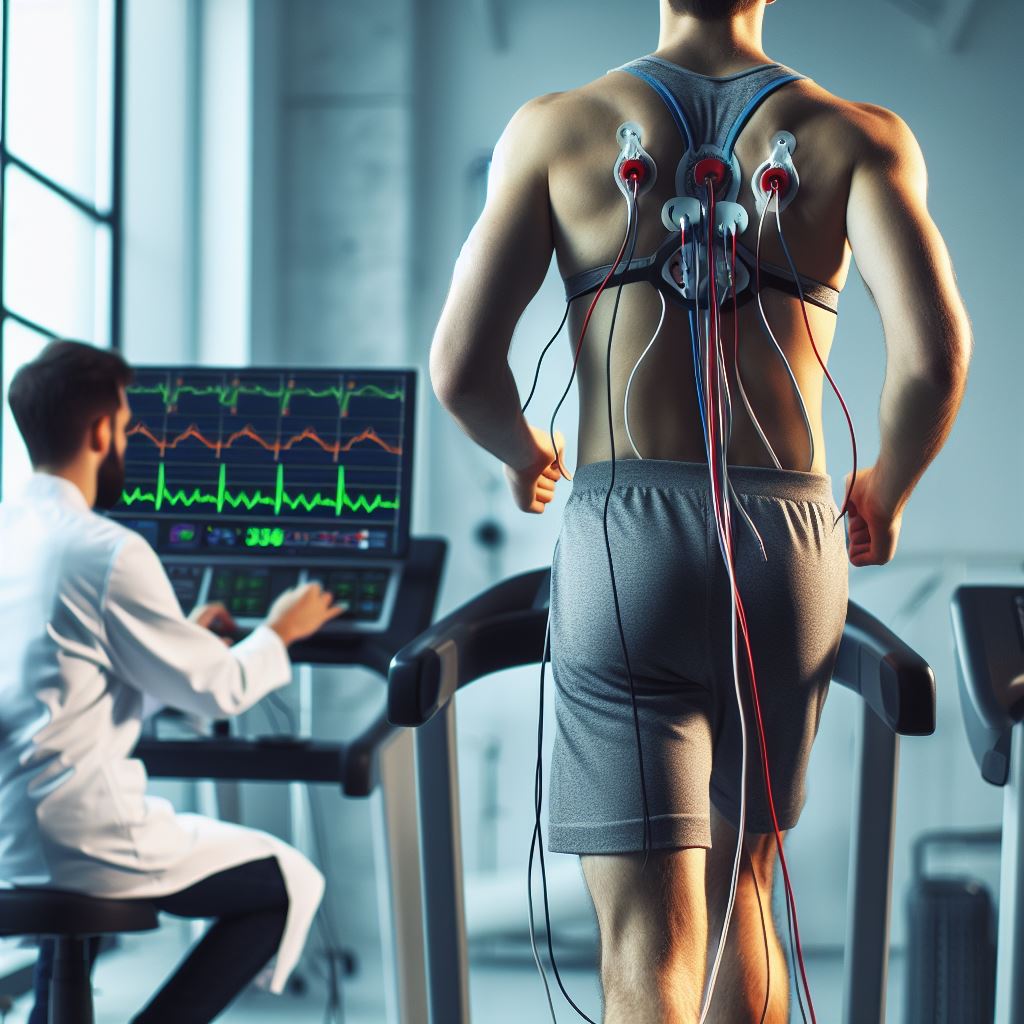
The Treadmill Test, also known as a stress test or exercise test, is a
non-invasive procedure designed to evaluate how well your heart responds to
increased physical activity. This test is commonly employed to assess the
overall health of your cardiovascular system and diagnose conditions such as
coronary artery disease.
The Treadmill Test involves walking
or running on a treadmill while your heart rate, blood pressure, and other
vital signs are monitored. The objective is to stress your heart and observe
how it performs under increased workload, providing valuable insights into its
function and potential issues.
Purpose
The primary purposes of the Treadmill Test are manifold, contributing to
a comprehensive understanding of your cardiovascular health:
1. Evaluate Cardiovascular Fitness: The test assesses how well your heart responds to exertion, providing
insights into your overall cardiovascular fitness.
2. Detect Coronary Artery Disease: By monitoring your heart's response to increased activity, the test can
identify potential blockages or narrowing of the coronary arteries, helping
diagnose coronary artery disease.
3. Assess Heart Rhythm: Continuous monitoring during the test allows healthcare providers to
detect irregular heartbeats or arrhythmias that may not be evident at rest.
4. Determine Exercise Capacity: The Treadmill Test evaluates your ability to tolerate physical stress,
which is crucial information for designing appropriate exercise and
rehabilitation programs.
Procedure
Pre-Test Preparation:
Before undergoing the Treadmill Test, your healthcare provider will
engage in a thorough pre-test preparation process:
1. Medical History: Your medical history will be reviewed to identify any pre-existing
conditions, medications, or risk factors that may affect the test results.
2. Physical Examination: A physical examination will be conducted to ensure you are in suitable
physical condition for the test.
3. Explanation of the Procedure: Your healthcare provider will provide detailed information about the
test, explaining what to expect and addressing any concerns or questions you
may have.
During the Test:
The actual Treadmill Test involves several key components:
1. Electrode Placement: Small electrodes will be attached to your chest to monitor your heart's
electrical activity throughout the test.
2. Blood Pressure Monitoring: Regular monitoring of your blood pressure will occur to track changes
during the exercise.
3. EKG (Electrocardiogram): Continuous recording of your heart's electrical activity is conducted
to identify any abnormalities.
4. Treadmill Exercise: You will gradually walk on a treadmill, and the speed and incline will
be increased incrementally to gradually stress your heart.
5. Symptom Monitoring: Throughout the test, you will be asked to report any symptoms such as chest pain, shortness of breath, or fatigue.
Post-Test:
After completing the exercise phase, there is a post-test period:
1. Monitoring for Recovery: You will be monitored for a short period post-exercise to assess your
heart rate recovery and overall well-being.
2. Immediate Consultation: Your healthcare provider will discuss preliminary findings with you
immediately after the test.
Risks and Benefits
Risks:
While the Treadmill Test is generally safe, it's important to be aware
of potential risks:
· Arrhythmias: Irregular heartbeats may occur during the test, although this is
typically transient and resolves after exercise cessation.
· Blood Pressure Changes: Fluctuations in blood pressure are common during the test.
· Dizziness or Fainting: In rare cases, some individuals may feel lightheaded or faint,
particularly if they have difficulty tolerating the physical exertion.
Benefits:
The benefits of the Treadmill Test are significant and contribute to
overall patient care:
· Early Detection: The test allows for the early detection of cardiovascular issues,
enabling timely intervention and treatment.
· Treatment Planning: The results assist healthcare providers in developing personalized
treatment plans tailored to your specific needs.
· Assessing Fitness Level: Understanding your cardiovascular fitness aids in the development of exercise prescriptions and rehabilitation programs.
Recovery
After the Treadmill Test, you can generally resume your normal
activities unless your healthcare provider advises otherwise. Your doctor will
thoroughly analyze the test results and discuss them with you in detail during
a follow-up appointment. Depending on the findings, further diagnostic tests or
treatments may be recommended.

